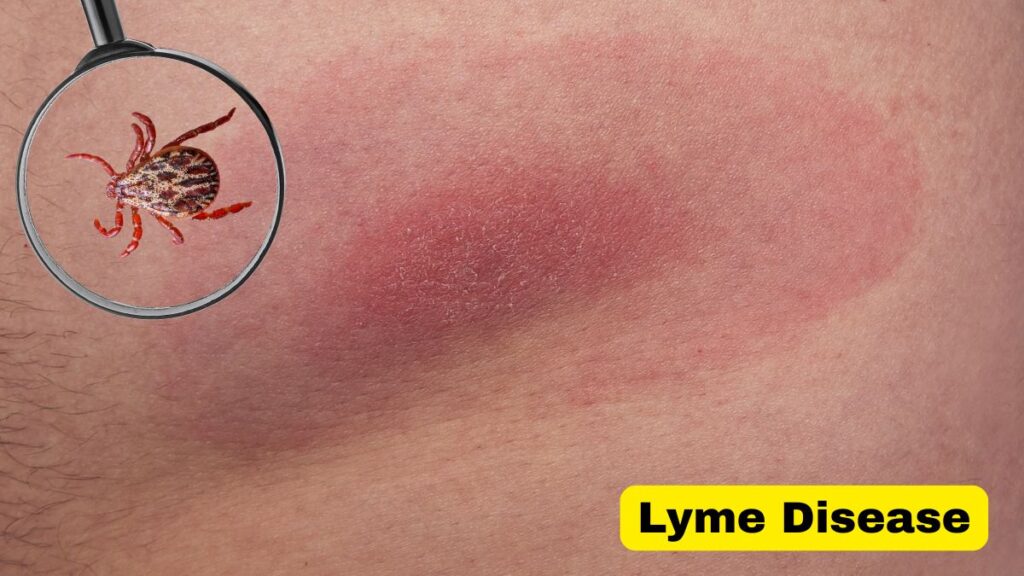Lyme disease is gaining momentum as one of the most rapidly rising tick-borne diseases in the United States, not to mention at very high rates in the spring and summer. Lyme disease is an illness caused by the bacterium, Borrelia burgdorferi, and may influence the skin, joints, heart, and nervous system in the event of non-treatment. And this is all that you should know about Lyme diseasenot only how it is caused, its symptoms, and the solutions, but also how to guard against it in the first place.
1. What is the Cause of Lyme Disease?
- It is a tick (Ixodes scapularis, black-legged tick) born illness that is spread by the bite of the infected tick, which is very common in woody or grassy areas.
- To transmit the Lyme disease bacteria, ticks have to be attached to the body for at least 36 to 48 hours.
- It is very important to detect tick removal early so as to prevent Lyme disease.
2. Important Disease Symptoms of Lyme
By being able to identify early symptoms of Lyme disease, it is possible to prevent serious complications in the future. Hauptgauge is:
- Erythema migrans rash (bullseye lesion at site of bite)
- The fever, chills, and muscle aches
- Fatigue and headache
- Lymph nodes swelling or neck pain.
- Pain in joints (knees in particular) and involvement of nerves, like facial palsy
All these are typical Lyme disease symptoms.
3. Diagnosis & Tests
Lyme disease is diagnosed by doctors on the basis of symptomatic conditions, the history of exposure to ticks and laboratory analysis:
- Detection of antibodies using ELISA
- Western validation
Antibodies to Lyme disease might not appear early in the course of the disease hence some cases require clinical decision-making.
4. Treatment Options
Early treatment of Lyme disease gives a great opportunity to recover:
- The early infection is attracted to doxycycline or amoxicillin (normally 10 21 days).
- Advanced Lyme disease that comes with heart or nervous system involvement is treated with intravenous ceftriaxone.
- Lyme symptoms can also exist after treatment; supportive treatments can alleviate it.
5. Prevention and Tick Removal
The most important thing is the prevention of Lyme disease:
- Wear DEET or permethrin-treated clothing or DEET insect repellent.
- When in tick-prone zones, use long sleeve clothes and trousers.
- Survey ticks daily.
- When removing ticks as soon as possible with the aid of fine-tip tweezers, minimise the risk of Lyme disease.
Lyme is not a myth, as many people seem to believe, but instead, this disease is real and increasing. Being informed about its mode of transmission, being aware of the early signs of Lyme disease, and seeking timely medical care can help you avoid months of disease. The best defense is prevention. Keep yourself posted, be safe, and treat early in case of Lyme disease.
Top 5 FAQ About Lyme Disease.
The symptoms generally start within 3-30 days with the rash taking about one week to appear.
No. Approximately 70-80 percent of infected persons exhibit the typical rash, although there are instances in which patients have no rash.
No. Lyme disease is not contagious; it is only transmitted through tick bites, which turn out to be infected
Untreated Lyme disease can cause joint inflammations, heart-related complications, neurological demands, or stubborn fatigue.
The majority of them recover completely but others have persistent symptoms (post-treatment Lyme disease syndrome).
